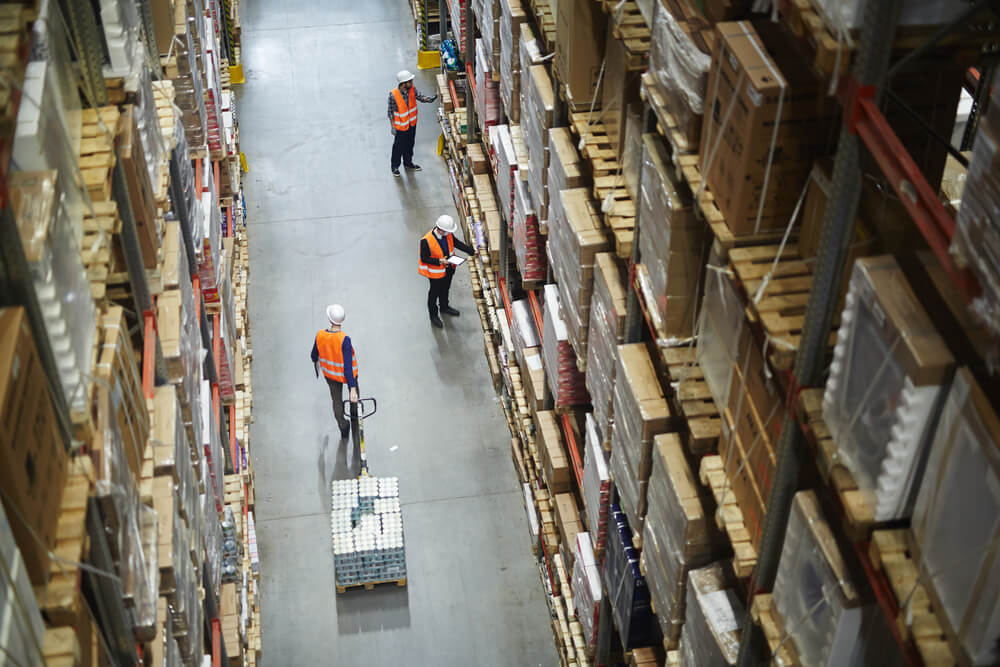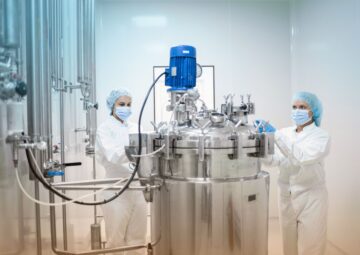Get manufacturing know-how delivered to your inbox!
Integrated Manufacturing Software for Business Growth
-
Production Planning
Benefit from accurate automatic planning and a realistic production schedule. Reschedule dynamically by dragging & dropping manufacturing orders and operations in the calendar or Gantt chart.
-
Stock
Inventory management, stock movements, batch and serial number tracking. Set and optimize stock levels and avoid stock-outs. Maintain a clear history of your stock operations.
-
CRM (Sales Management)
It takes just a few clicks to calculate the product cost and best delivery time. Send quotations and invoices, prepare shipments, dispatch confirmed customer orders to your production team, and track the end-to-end sales process from quotation to delivery using a simple pipeline view.
-
Team
Simple environment for line workers to view tasks on a PC or a mobile device. Real-time shop floor reporting, and a real-time overview of the demand and availability of human resources.
-
Purchasing
Manage purchases and raise pre-filled purchase orders with a single click. Vendors, pricing, lead times - it’s all there. Manage your supply chain using accurate statistics and forecast your procurement needs.
-
Accounting
Enjoy clear visibility of your business performance. Monitor your cash flow, balance sheet and profit/loss in real time. Understand the profitability of the business, and much more.






